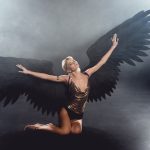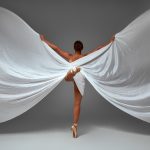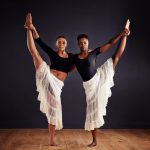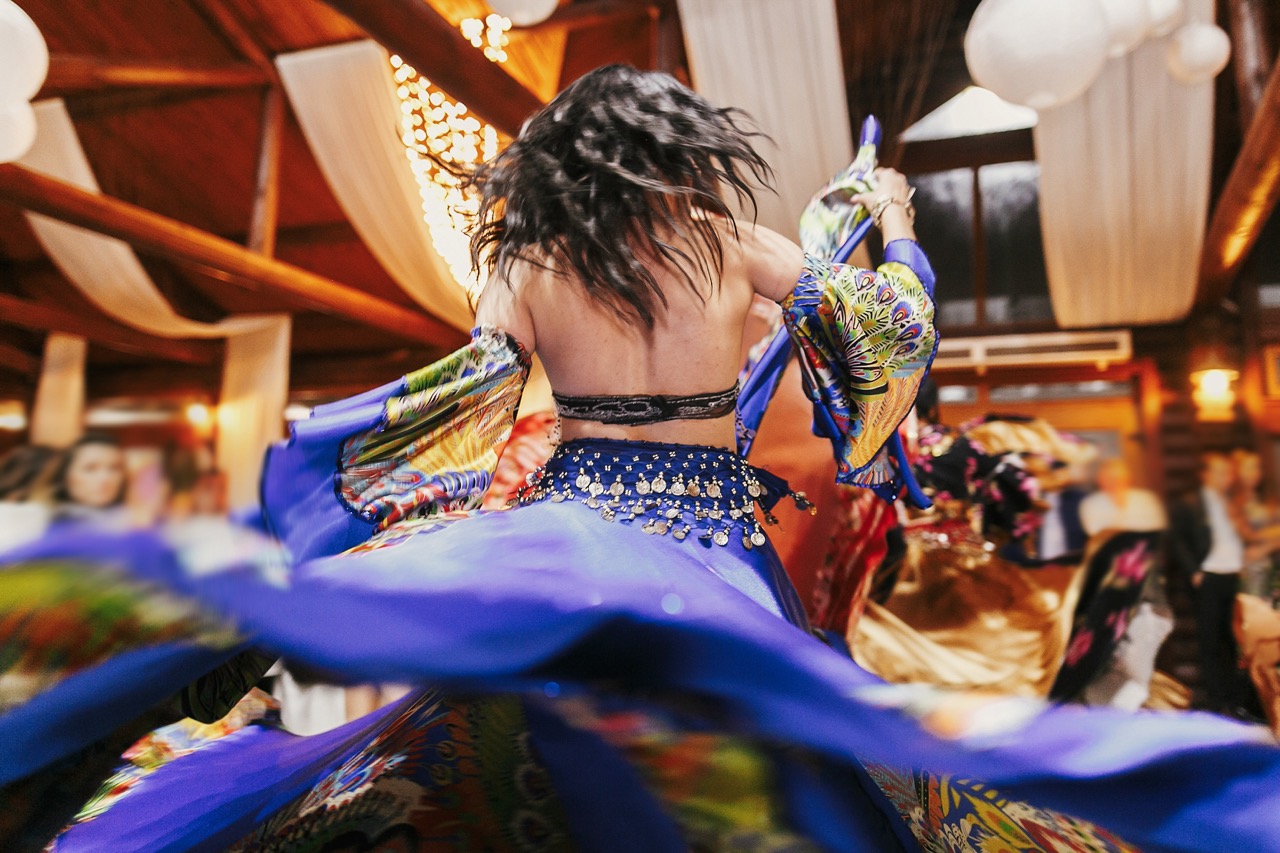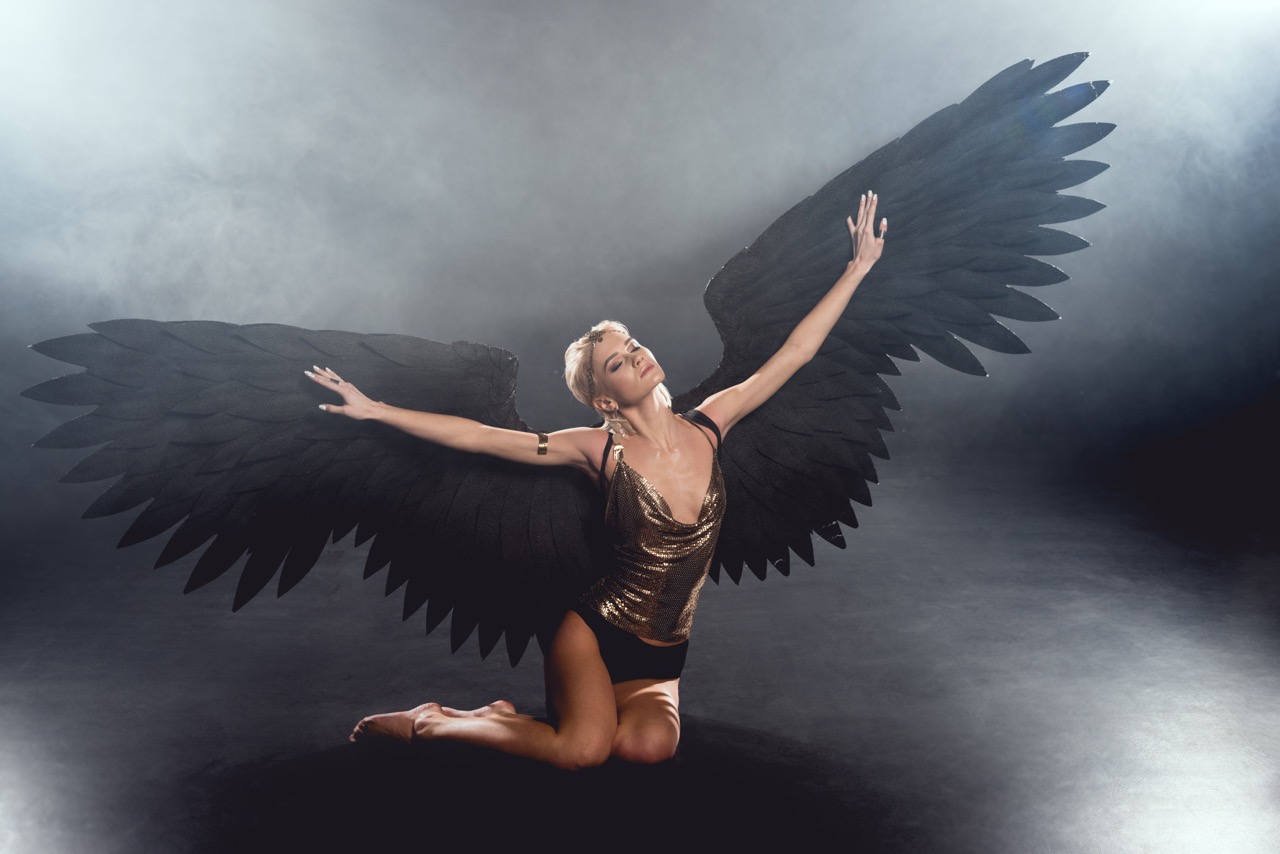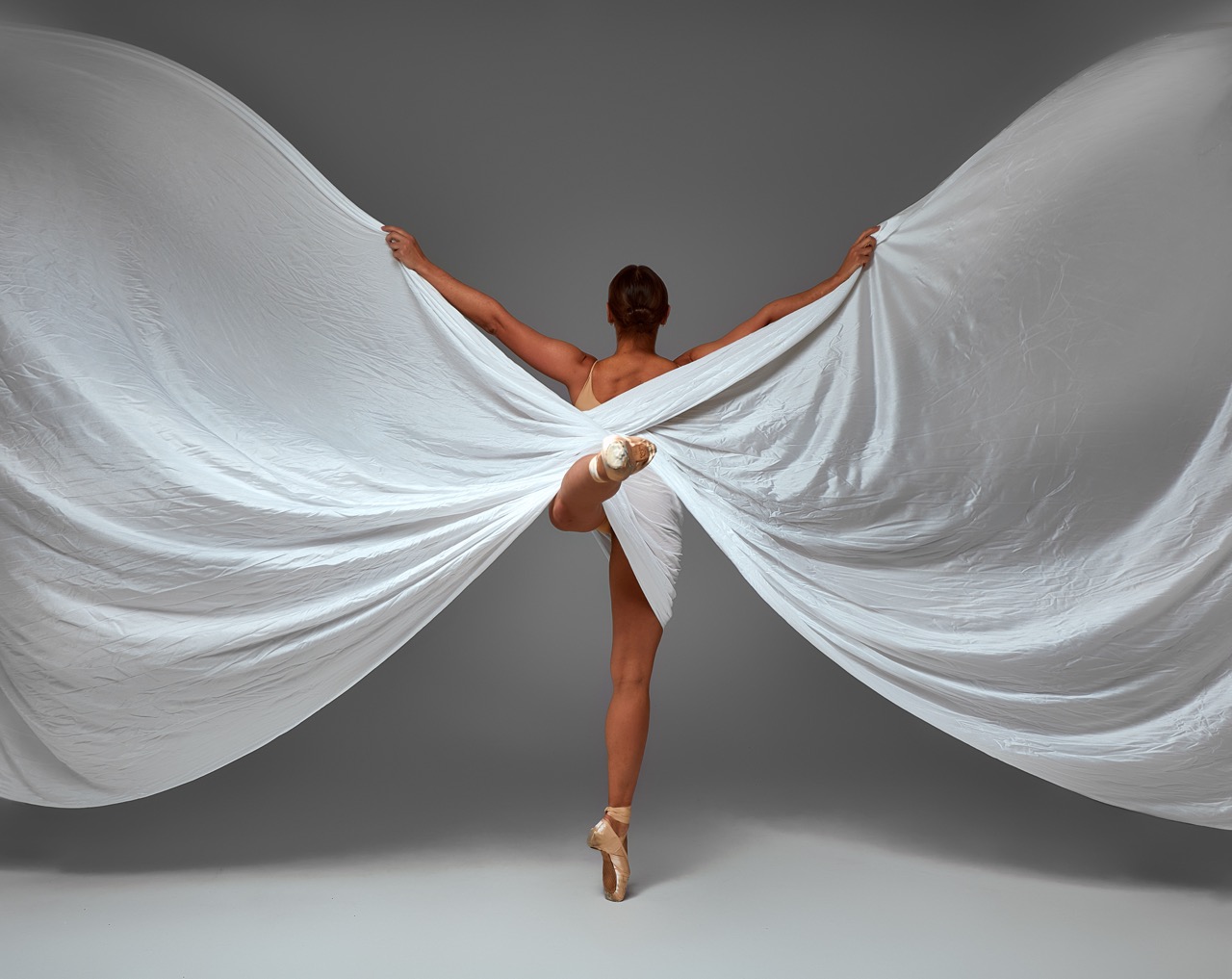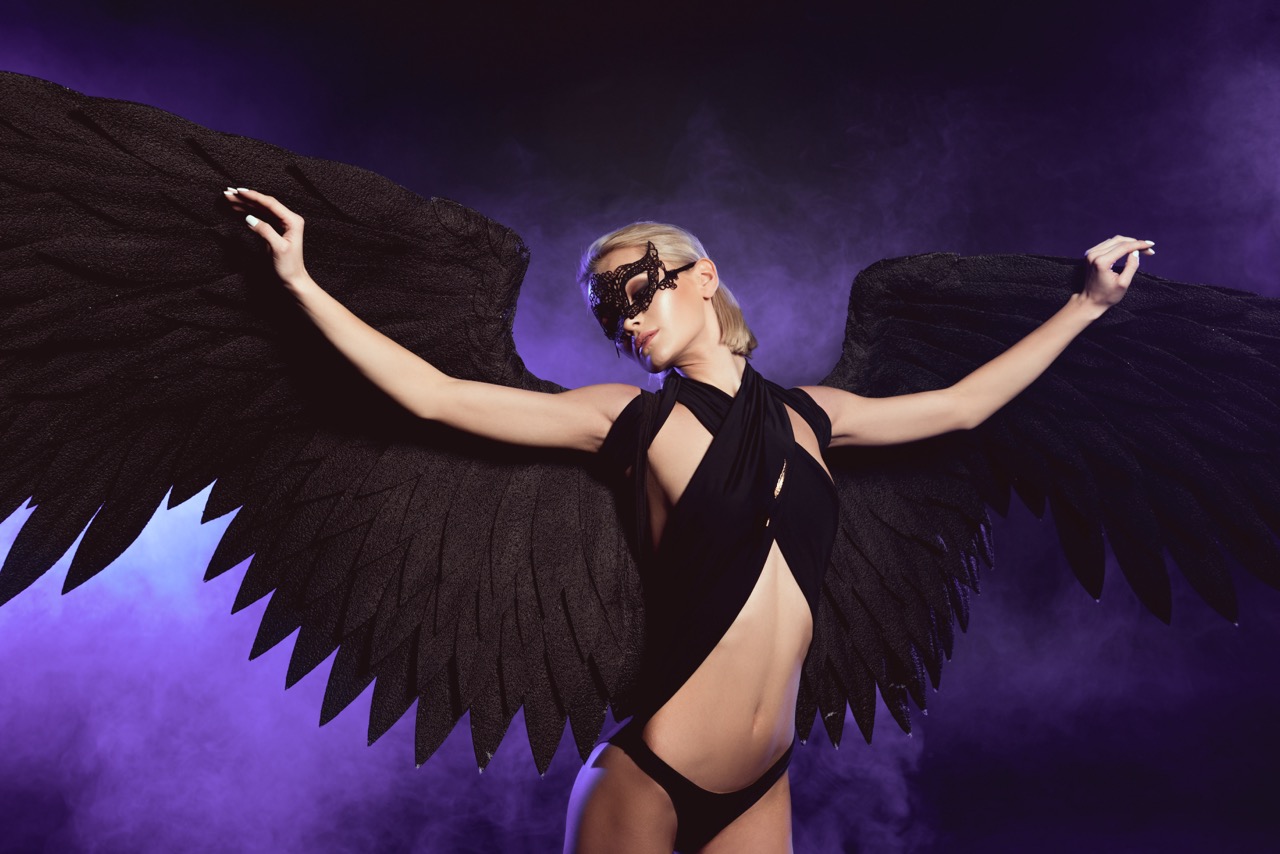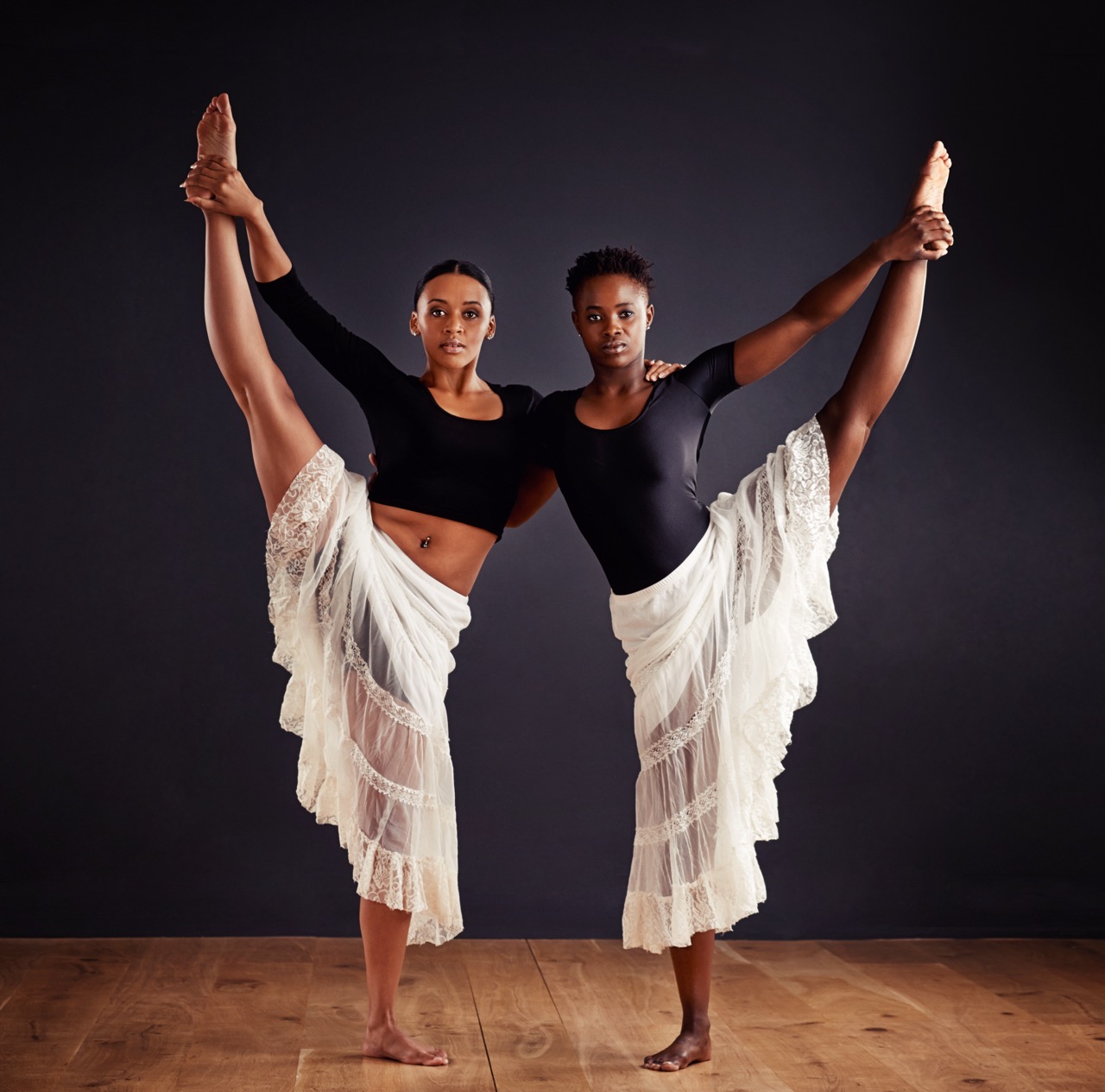In the world of dance, movement transcends mere physicality to weave stories, express emotions, and create visual poetry. Among the many aesthetic elements that contribute to this art form, wings stand out as a powerful symbol and an evocative accessory. Whether fluttering gracefully in a ballet performance or soaring dynamically in contemporary dance, wings serve multiple roles—enhancing movements, deepening emotional resonance, and crafting compelling visual narratives. This article explores the multifaceted role of wings within the realms of ballet and contemporary dance, revealing their significance in artistic expression and performance evolution.
The Artistry of Wings: Enhancing Movement in Dance
Wings, in the context of dance, can be physical props or visual metaphors that amplify the dancer’s movements. In ballet, the use of wings often evokes a sense of elegance and ethereality, as dancers don elaborate costumes that mimic the delicate structures of birds or fantastical creatures. These costumes not only enhance the dancers’ lines and shapes but also add a layer of grace that transforms each leap and pirouette into a breathtaking spectacle. The fluidity of the wings in motion can create an illusion of flight, captivating audiences and blurring the lines between reality and imagination.
In contemporary dance, the role of wings is often more abstract and multi-dimensional. Choreographers experiment with materials, shapes, and designs to create wings that reflect the themes of the performance. From oversized wings constructed of fabric and feathers to minimalist designs crafted from wire, these elements work to complement the dancer’s body and movements while pushing the boundaries of traditional dance aesthetics. The kinetic energy generated by wing-like extensions can amplify a dancer’s physicality, allowing for explosive movements that challenge gravity and traditional forms of expression.
Moreover, wings can serve as an extension of the dancer’s identity, embodying their inner emotions or psychological states. The interplay between the dancer and their wings can symbolize liberation, struggle, or transcendence, enhancing the narrative quality of the performance. This relationship begins to blur the lines between the dancer and their costume, inviting audiences to engage more deeply with the emotional landscape of the piece. The artistry of wings thus becomes a powerful tool in elevating movement and enriching the overall dance experience.
Symbolism and Expression: Wings in Choreography
Wings have long been associated with freedom, transcendence, and transformation, making them a potent symbol in dance choreography. In ballet, they often represent the idea of flight and the escape from earthly constraints. Choreographers leverage these associations to craft narratives that resonate with themes of longing, desire for freedom, and the aspiration to rise above challenges. Each movement becomes imbued with deeper meaning as the dancer navigates the space, using their wings to convey emotions and evoke a visceral response from the audience.
In contemporary dance, the symbolism of wings can take on diverse interpretations. They may represent the duality of human experience, such as the tension between freedom and confinement, or the struggle between aspiration and reality. As dancers manipulate their winged designs, they create a dialogue between their bodies and the audience, inviting viewers to reflect on their own experiences of liberation and entrapment. This layered approach allows for a more profound exploration of contemporary themes, encouraging audiences to engage with the emotional and intellectual undercurrents of the performance.
Furthermore, the use of wings in choreography offers dancers a unique opportunity to explore their own identities and how they relate to broader societal narratives. In this context, wings can symbolize empowerment and individuality, enabling dancers to assert their presence and challenge conventional norms. The expressive potential of wings is limitless, allowing for an exploration of personal and collective stories that resonate long after the performance has ended. Through this lens, wings become not only a dance accessory but also a catalyst for dialogue and connection.
Crafting Visual Narratives: Wings in Performance
The visual impact of wings in performance can elevate the overall experience for both the dancer and the audience, creating a rich tapestry of movement and emotion. From the moment the wings are unfurled on stage, they contribute to the visual narrative, capturing the audience’s attention and imagination. Every flutter and swoosh becomes a brushstroke on the canvas of the performance, allowing the choreographer to construct a dynamic story that unfolds with each movement. This visual component creates a heightened sense of anticipation, as viewers become engrossed in the unfolding narrative.
In theatrical performances, the use of wings can also enhance the storytelling dimension. Choreographers often design wings that reflect the themes or characters within the piece, allowing for a more immersive experience. For instance, wings that take inspiration from mythical creatures can invoke a sense of wonder and magic, drawing audiences into a fantastical world. Alternatively, more abstract wing designs can convey themes of struggle and resilience, encouraging viewers to interpret the performance through a personal lens. The ability to weave together visual elements with choreography creates a sensory experience that lingers in the minds of the audience.
Additionally, the integration of lighting and staging with winged designs can amplify the visual narrative even further. Strategically placed lighting can highlight the textures and movements of the wings, creating captivating shadows and silhouettes that enhance the emotional depth of the performance. As dancers interact with their wings and the surrounding environment, the choreography becomes a dialogue between light, space, and form, culminating in a breathtaking visual experience that transcends traditional boundaries of dance.
The Evolution of Winged Designs in Modern Dance
The evolution of winged designs in modern dance reflects the shifting landscape of artistic expression and innovation. Historically, winged costumes were often lavish and ornate, drawing heavily from classical symbolism. However, as dance evolved, so too did the materials and forms used to represent wings. Contemporary dancers and choreographers have embraced a more eclectic approach, experimenting with unconventional materials and minimalist designs that challenge traditional aesthetics. This evolution speaks to the broader movement within the arts to embrace authenticity and personal expression over rigid conventions.
Modern dance has also seen the emergence of technology as a key player in the design of wings. Interactive elements, such as LED lights and responsive fabrics, allow for the creation of dynamic visual experiences that enhance the narrative without overshadowing the dancer’s movements. This integration of technology fosters a new form of dialogue between the dancer and their wings, allowing for a more fluid and responsive interaction. As a result, the visual and emotional impact of winged designs becomes heightened, offering audiences an immersive experience that transcends traditional boundaries.
Moreover, the ongoing evolution of winged designs reflects a growing emphasis on inclusivity and diversity in dance. Choreographers are increasingly exploring cultural and personal narratives through their use of wings, drawing inspiration from various traditions and artistic styles. The fusion of different cultural influences results in wings that embody a rich tapestry of meanings, reflecting the multifaceted nature of the human experience. As modern dance continues to evolve, so too will the role of wings, adapting to encompass new narratives, technologies, and artistic expressions.
The role of wings in ballet and contemporary dance transcends mere ornamentation, serving as a vital component of movement, symbolism, and storytelling. As dancers glide across the stage with their winged designs, they not only enhance the visual spectacle but also invite audiences to engage with deeper meanings and narratives. The evolution of winged designs reflects the dynamic nature of dance, showcasing a blend of tradition and innovation that continues to inspire choreographers and performers alike. Ultimately, wings in dance embody the spirit of artistic expression—a celebration of freedom, identity, and the boundless possibilities of movement.
